
Your Guide on How To Start Your First Art Collection
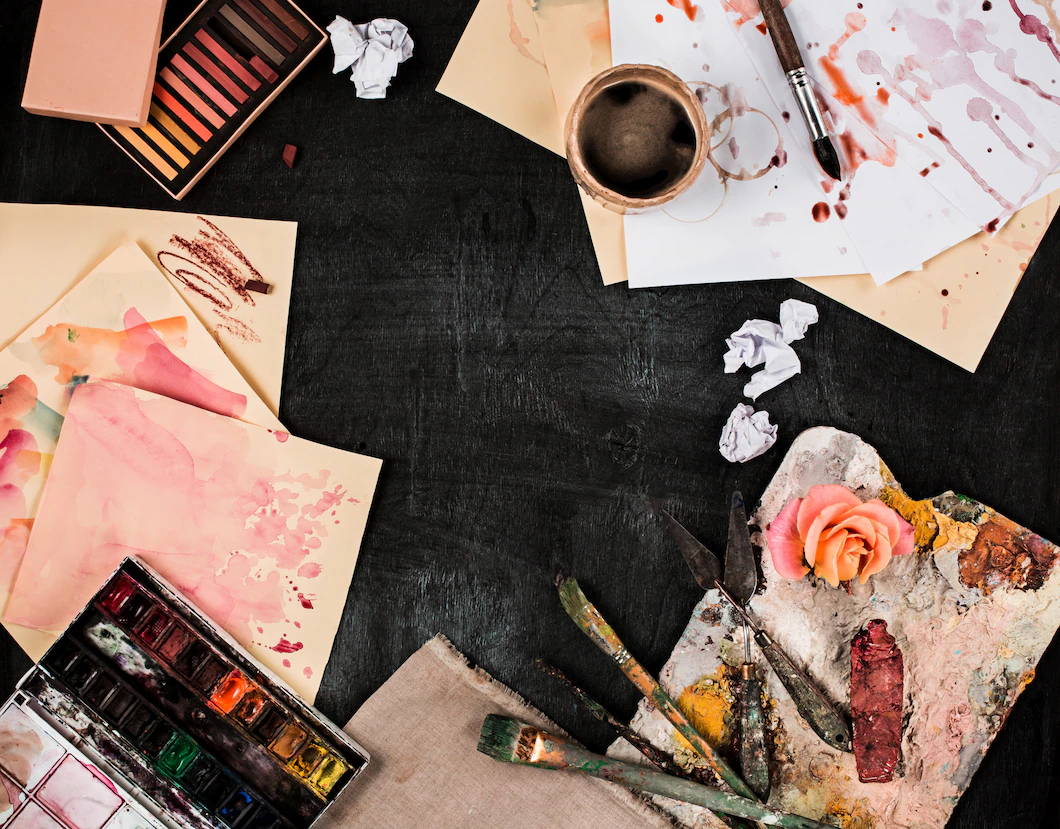

Building a solid art collection takes time and expertise, regardless of whether you want to buy art for interior design, as an investment, or out of your affection for the arts.
In today’s blog, I want to give you some important advice on what, why, and how to collect art if you are considering starting an art collection but are unclear about where to begin. The art industry may appear scary and difficult to enter initially, but this is far from the case.
The art world is a wonderful place to discover new artists and learn more about their approaches. All it takes is an open mind and a little curiosity, whether you want to purchase your first piece of art or improve your experience at a fair or gallery opening.
I know that purchasing your first piece of art can be challenging, particularly if you are unsure what to buy, where to acquire it, or how to do so while staying within your spending limit. There are many ways to establish an amazing art collection without going broke while also having a rich, fulfilling experience, whether you’re seeking a modern statement piece or want to invest in art for your home.
Continue reading to learn how to assemble an art collection you’ll love and be proud of.
In this article, we’ll discuss the following:
- Why collect art?
- Things that you need to know to get started with your art collection.
- Places where you can start looking for art.
- How to turn your purchases into an art collection.
- Some tips for first-time art collectors
So let’s begin
Why Have Your Art Collection?
Starting an art collection has many benefits. People may begin to collect for various reasons, including investment, the desire to own a priceless legacy from the past, or support for the arts. Although collecting art can be a personal experience, it can also be a great way to express certain elements of your character and make a statement about who you are.
Don’t hold any assumed ideas about art collecting; it’s not just for the rich and famous. To learn about and understand the art world, many beginning art collectors of art today begin with a modest budget. Here are some ways that can help you start your art collection too
How To Start Your First Art Collection

Knowing Your Likes and Dislikes
Before diving into collecting, take a moment to explore your personal artistic preferences. What themes, styles, or mediums resonate with you the most? Are you drawn to contemporary art or classic masterpieces? Do you prefer abstract works or realistic portrayals?
Understanding your preferences will help you focus your collection and develop a cohesive aesthetic.
Research, Research, Research:
Once you’ve understood your artistic inclinations, it’s time to conduct thorough research. Visit galleries, attend art fairs, and explore online platforms to expose yourself to various artists and art movements.
Immerse yourself in the art world, read about different artists, and understand the historical context behind their works. Engaging in research will enhance your knowledge and provide a solid foundation for your collection.
Budget Considerations:
Determining a budget is a vital aspect of an art collection. Ask yourself, “How much am I willing to invest?” Set a realistic budget that aligns with your financial capabilities and stick to it.
Remember, art collecting is a journey spanning years, so it’s important to pace yourself and avoid impulsive purchases.
Start Small and Diversify:
When starting your collection, it’s advisable, to begin with smaller, more affordable pieces. Not only does this allow you to explore a wider range of artists, but it also allows you to understand your preferences better.
As you gain confidence and knowledge, gradually diversify your collection by investing in works by emerging artists, mid-career artists, and established names.
Engage with Artists and Art Communities:
Building connections within the art community can be incredibly rewarding. Attend exhibitions, artist talks, and studio visits to meet artists and understand the stories behind their creations. Engaging with artists and art enthusiasts not only offers valuable insights but may also provide access to exclusive opportunities and emerging talent.
Confirm the Authenticity:
Ensuring the authenticity and provenance of an artwork is crucial in the art world. Before making a purchase, ask the seller or gallery about the artwork’s history, documentation, and any certifications of authenticity. Trustworthy sellers will readily provide you with relevant information and documentation.
Emotional Connection:
Art collecting is deeply personal, and your emotional connection with a piece is vital. Ask yourself, “Does this artwork move me? Does it evoke emotions or tell a story?” Buying art that resonates with you will ensure a more fulfilling and meaningful collection.
Keep A Balance of your Passion with Investment:
While art can be a great investment, balancing passion and financial considerations is important. Remember that the primary purpose of your collection is to surround yourself with art you love. If you happen to acquire valuable pieces along the way, it’s a bonus. Focus on your passion and let the investment aspect follow naturally.
Where Can I Start Looking for Art?
Now, let’s explore some exciting avenues to kickstart your art collection:
Local Galleries and Art Fairs:

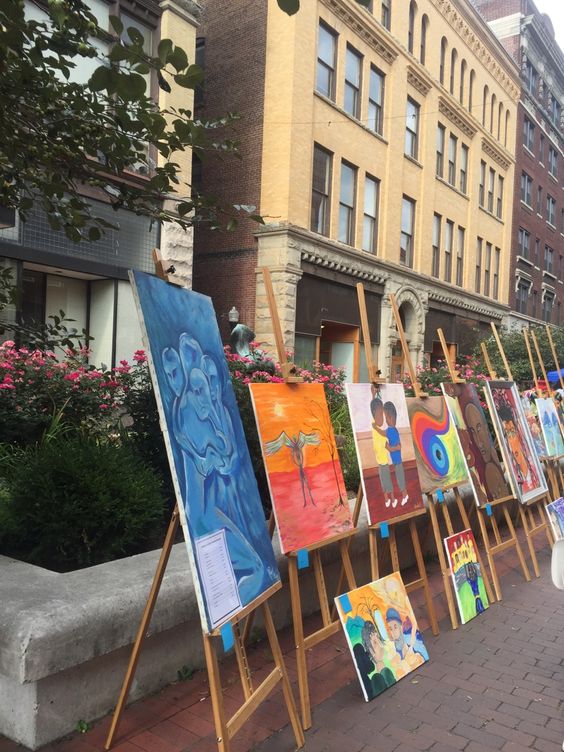
Visit local galleries and immerse yourself in the vibrant art scene of your area. Local galleries often have a variety of artists, from emerging talents to established names. Explore their exhibitions and engage with gallery owners or staff to gain insights into the artworks and artists they represent.
Additionally, keep an eye out for art fairs happening in your community. These events bring together diverse artists and offer a fantastic opportunity to discover new talents and artworks that speak to you.
Online Art Platforms :
The internet has revolutionized the art world, making it more accessible. Explore reputable online art platforms and marketplaces that feature a wide selection of artworks. These platforms often provide detailed information about the artists, high-quality images of the artworks, and user-friendly browsing options.

You can discover artists from around the globe and purchase artwork securely from your home.
Artist Studios and Open Studio Events:
Visiting artist studios provides a unique opportunity to connect directly with the creators. Watch for open studio events in your area, where artists open their creative spaces to the public. This allows you to explore their artwork up close, learn about their inspiration and artistic process, and even negotiate directly with the artist to purchase their works.
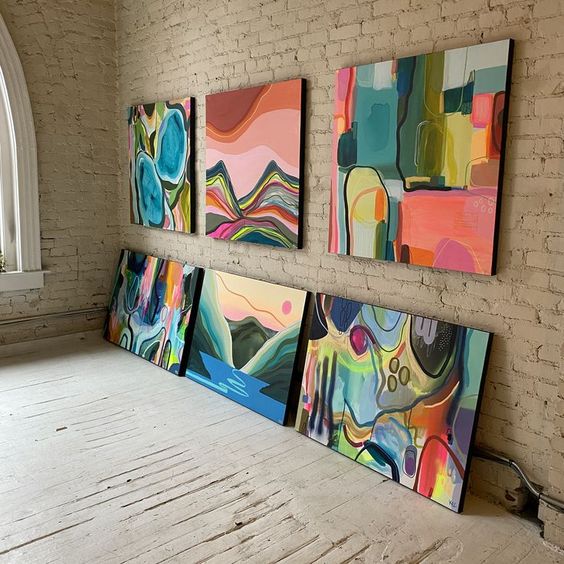
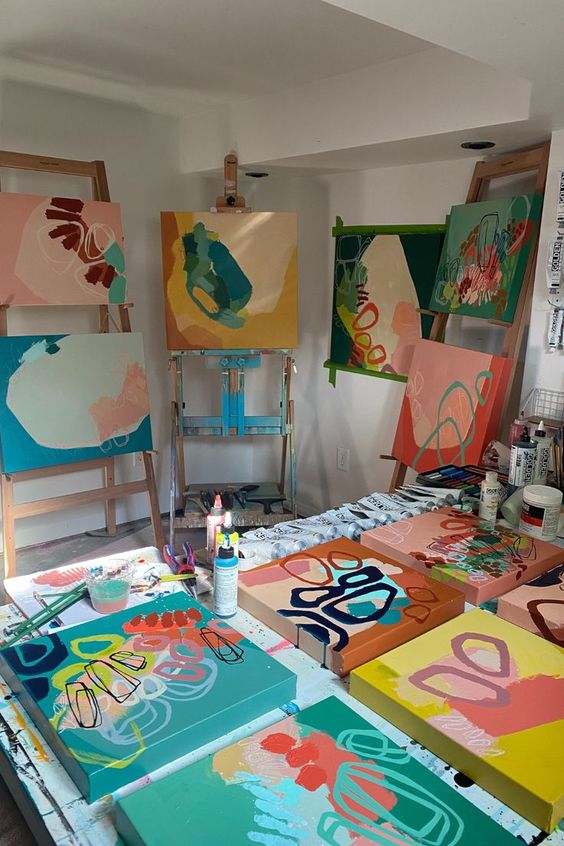
Starting an art collection is a personal journey, and there are no hard and fast rules. Take the time to explore, trust your instincts, and, most importantly, collect artworks that bring you joy and inspire you daily.
Quick Tips for New Art Purchasers
There are some crucial factors you should consider before making that purchase if you have never purchased a work of art before.
Not Quantity, but Quality
Once you get into it, buying art can become pretty addicting. The best course of action, nevertheless, is to exercise moderation. If you wait six months before buying another piece of art, you might discover that it no longer suits your tastes.
Additionally, remember that even if you truly adore a piece of art, getting one in good shape is always preferable rather than restoring it, which can drastically increase the price of the piece.
Consider Your Risks
Higher rewards are frequently accompanied by greater risks when making any investment. It’s tempting to copy other collectors you see or hear buying young, up-and-coming artists and reselling them for a healthy profit.
However, we strongly advise against buying art as a pure investment. You must enjoy the piece of art, be prepared to live with it and have faith in the artist’s future. If you are new to the industry, getting something a little more cautious and gathering the tried-and-true favorites is preferable.
Remember,
Connoisseurship can only be achieved slowly; it requires effort, time, and resources. The pace of learning will be accelerated by speaking with artists, other collectors, curators, and art consultants, as well as by leveraging the wealth of knowledge on the internet!
Art collecting is a journey of self-expression, exploration, and appreciation. By discovering you So, embrace the world of art, enjoy the process, and let your collection tell your story! Also if you;re an artist creating some art but unable to find that depth in your work you can read How To Create Depth in Your Work as an Artist?
Happy collecting!
The images in this article are sourced from:









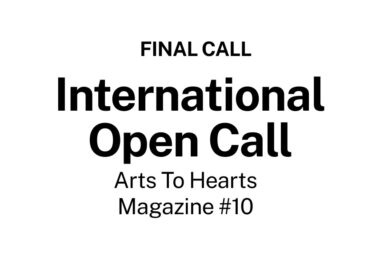
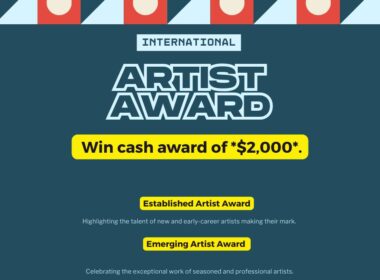

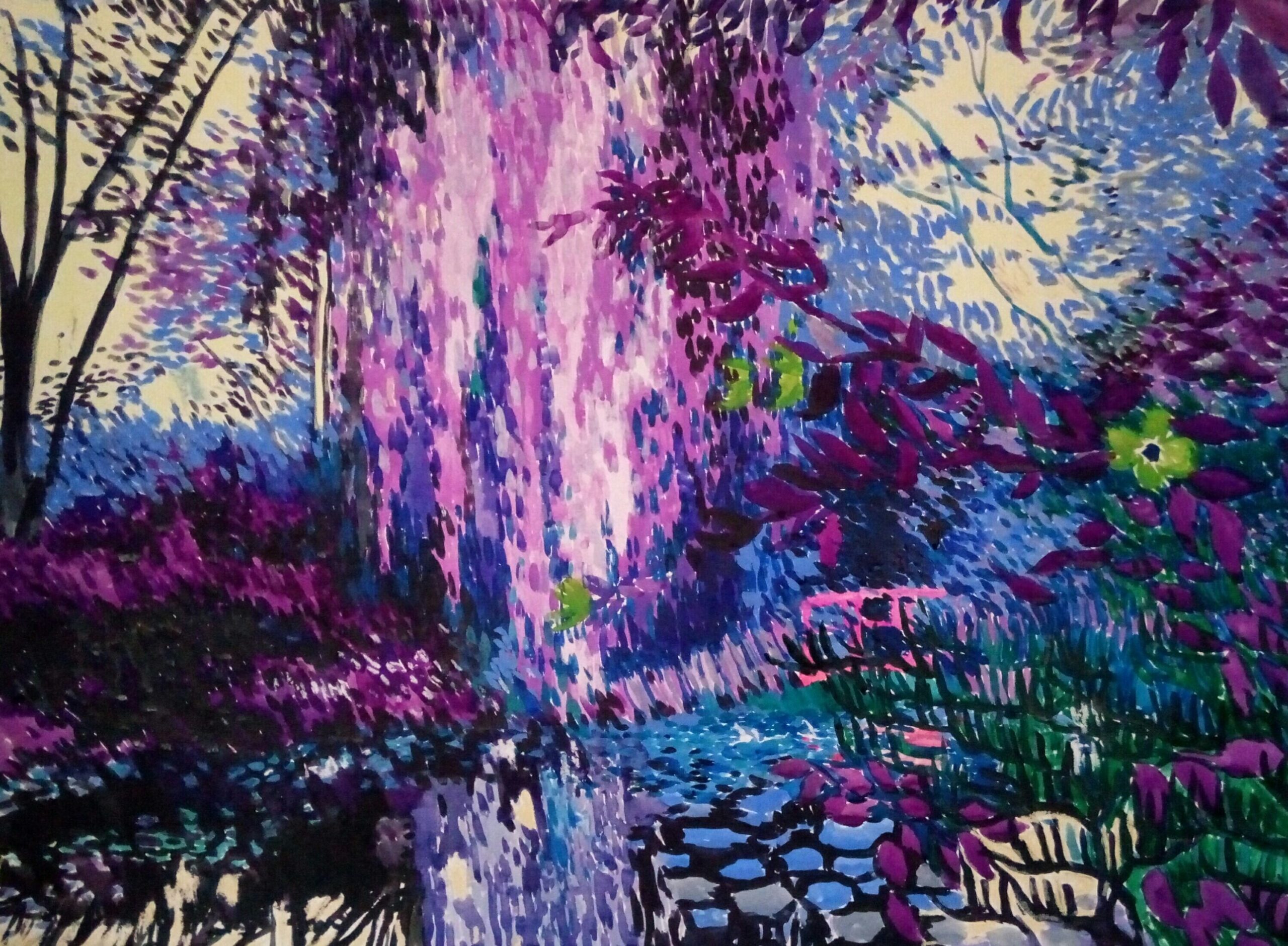
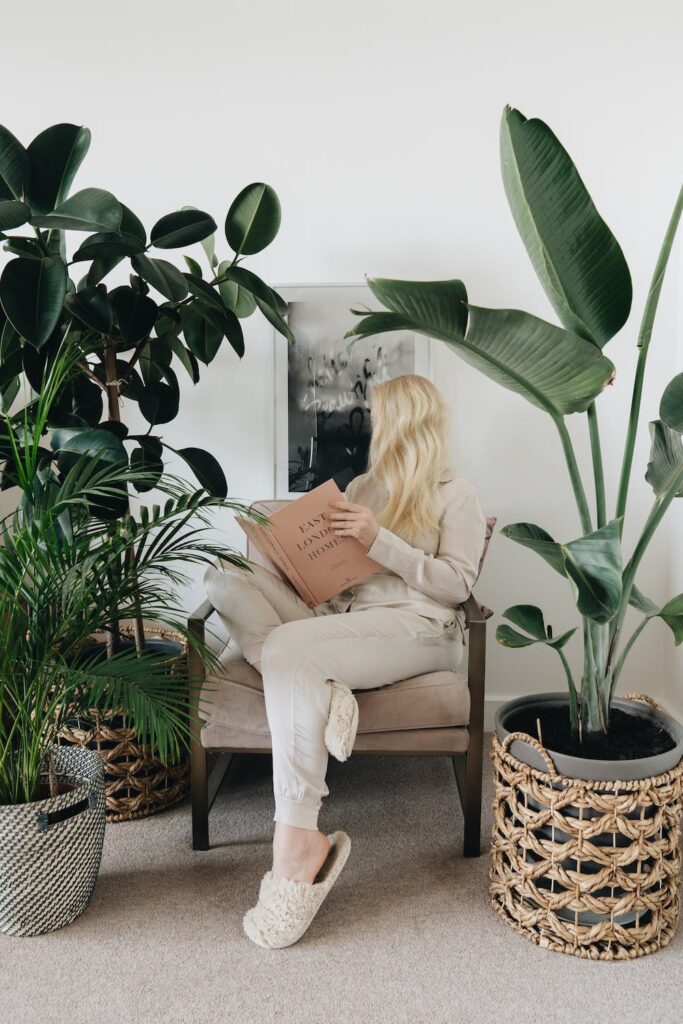



Comments 17